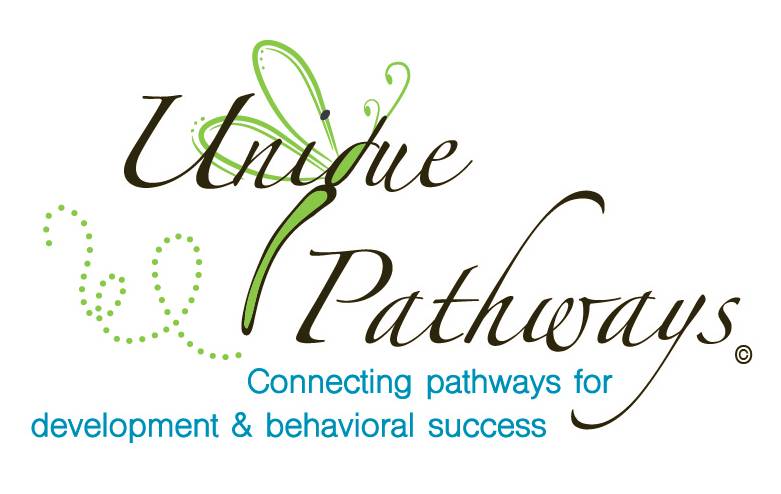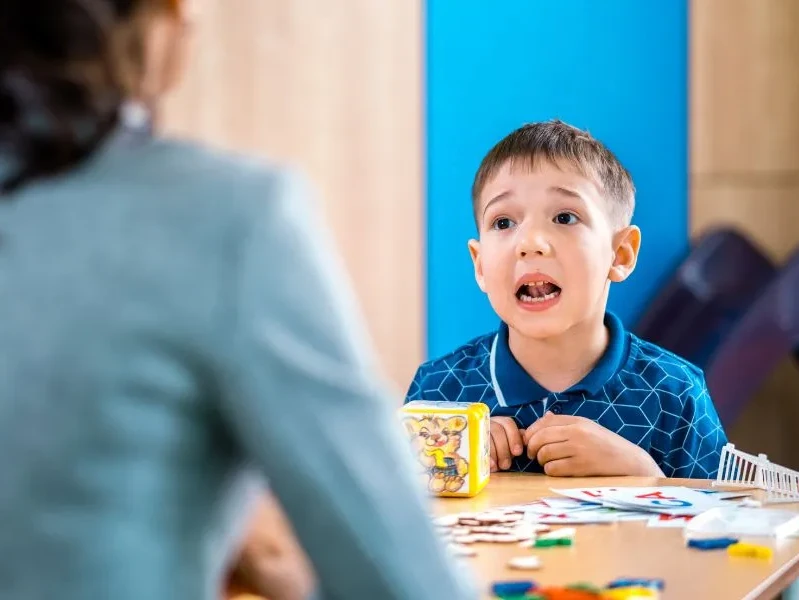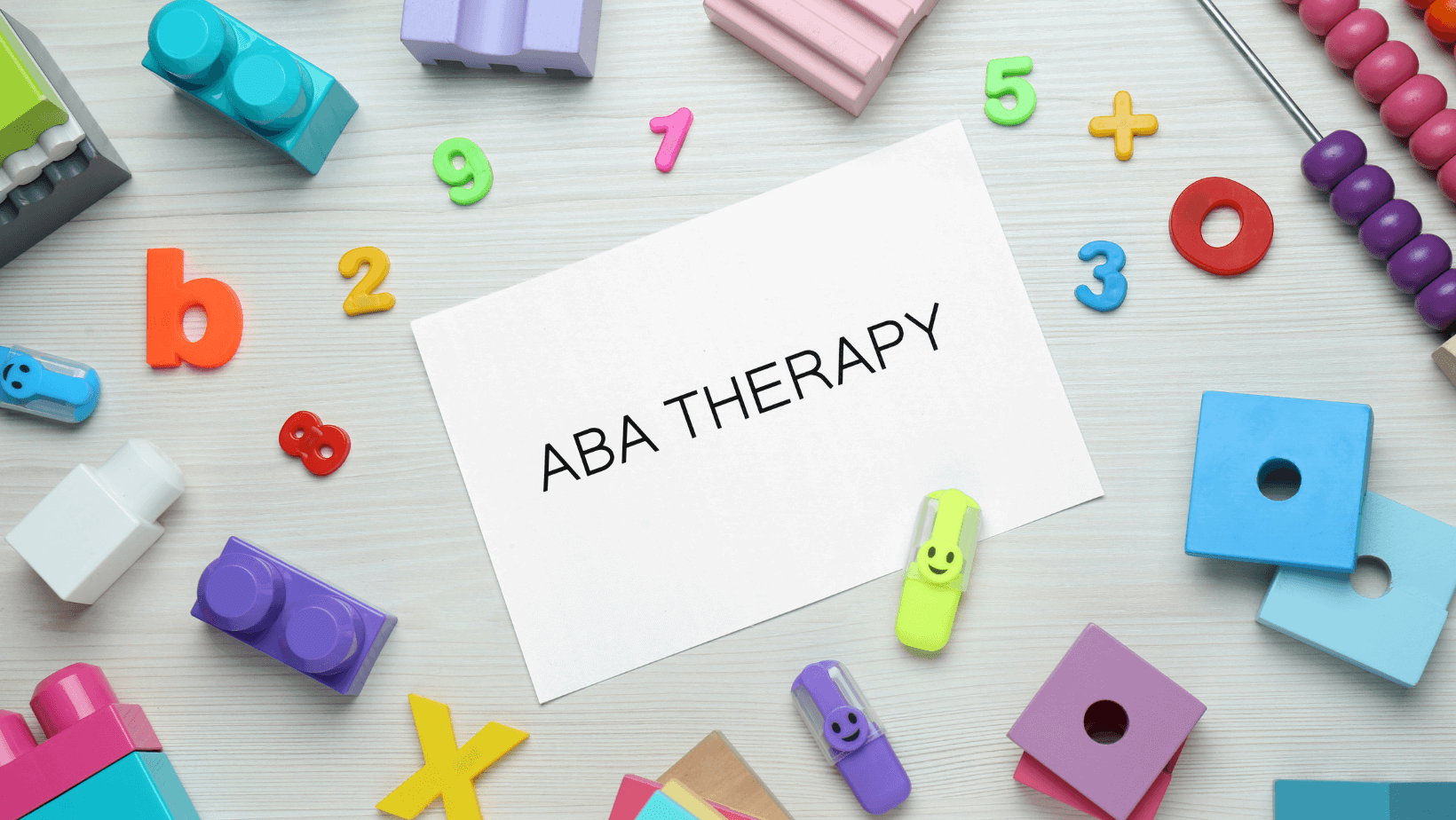Speech therapy is a form of treatment aimed at helping individuals of all ages overcome challenges with communication and swallowing disorders. Conducted by qualified speech language pathologists, this therapy addresses a range of issues from speech sound errors to difficulties in language development. By employing personalized guidance, speech therapists work to improve not only vocal quality but also the overall ability to communicate effectively.
Engaging regularly in speech therapy exercises is fundamental to success. These exercises are designed to reinforce the skills learned in therapy sessions, allowing for quicker improvement and greater confidence in daily interactions. From articulation exercises that hone clarity of speech sounds to language exercises that enhance written and verbal communication, each activity is targeted to meet specific therapeutic goals. For individuals recovering from conditions like a stroke or traumatic brain injury, these exercises are not just tasks but stepping stones to regaining vital communication abilities.

Fundamentals of Speech Production
Before diving into the specific exercises, it’s essential to understand the basics of how we produce speech and what can go wrong. Speech production involves a complex system of processes in which the brain, vocal cords, and muscles of the mouth work together. The brain plays a crucial role, not only in generating ideas to communicate but also in controlling the muscles and structures that produce sounds.
Speech sounds are then produced when air from the lungs is pushed out through the vocal cords, creating vibrations. These vibrations are then modified by the tongue, lips, and teeth to form specific sounds. This process requires precise coordination and timing, which can be affected by various factors including brain injury and developmental delays.
Speech disorders can vary widely, from stuttering, which affects the fluency of speech, to aphasia, which impairs the ability to speak or understand language following brain damage. Addressing these disorders requires a clear understanding of both the anatomy involved in speech and the specific challenges faced by the individual.
Types of Speech Therapy Exercises
Effective speech therapy exercises are diverse and cater to different aspects of speech and language pathology.
Articulation Exercises
These exercises focus on improving the clarity of speech sounds and speech production. They often involve practicing specific sounds that an individual finds challenging, such as “s,” “r,” or “th,” using tongue twisters or reading aloud exercises.
Fluency Exercises
For those who stutter or have flow issues with their speech, fluency exercises can be beneficial. These might include techniques such as controlled breathing, pacing one’s speech, and using a cognitive therapy app to practice speaking slowly and clearly.
Voice Exercises
Voice exercises help improve vocal quality and can be essential for individuals with voice disorders or those recovering from a vocal cord injury. These exercises often involve practicing varying pitch, volume, and vocal intensity, which can help strengthen the vocal cords and improve voice control.
Language Exercises
Focusing on both spoken and written language, these exercises help enhance language skills, including grammar, vocabulary, sentence structure, and reading comprehension. Activities might include word searches, describing pictures, and engaging in conversation skills practice with a supportive environment.
Articulation Exercises
Articulation exercises focus on improving the movement and coordination of different parts of the mouth to enhance the clarity of speech sounds. Tongue exercises, for instance, involve repeating phrases like “She sells seashells by the sea shore” to strengthen tongue muscles and improve articulation. Lip exercises help produce bilabial sounds such as “p,” “b,” and “m,” where patients might practice holding a smile or puckering their lips.
Jaw exercises include gently opening and closing the mouth or moving the jaw side-to-side to strengthen the muscles necessary for clear speech production. Palate exercises, particularly beneficial for those with a cleft palate, may involve activities like blowing bubbles or using straws to fortify the muscles of the soft palate, essential for producing distinct speech sounds.
Fluency Exercises
Fluency exercises aim to smooth the flow of speech and are especially beneficial for individuals who stutter. A speech language pathologist uses techniques such as stuttering modification which involves the deliberate practice of stuttering to reduce fear and anxiety associated with speech interruptions. Fluency shaping techniques, including controlled breathing and prolonged speech, help create a smoother speech pattern.
Additionally, relaxation techniques such as progressive muscle relaxation and deep breathing exercises are used to alleviate the physical tension that can exacerbate stuttering, enabling a more fluent speech delivery.
Voice Exercises
Voice exercises are crucial for enhancing the quality and control of vocal output. Vocal warm-up exercises, such as humming or lip trills, prepare the vocal cords for speaking and help prevent strain. Resonance exercises focus on improving voice quality by modifying how sound resonates in the vocal tract, with activities like humming with varying mouth openings.
Exercises for pitch and volume help individuals gain control over their vocal intensity and pitch through the use of tools like pitch pipes or by practicing speaking at different volumes, which is essential for effective verbal communication.
Language Exercises
Language exercises are designed to enrich vocabulary and enhance both understanding and use of grammar and sentence structure. Vocabulary enhancement can be achieved through diverse reading, engaging in word games, or using specialized apps. Exercises targeting syntax and grammar might involve rearranging sentences or completing exercises that reinforce correct grammatical forms, thereby aiding in the construction of accurate and complex sentences.
Comprehension exercises, such as reading aloud and discussing content, summarizing stories, or answering questions about a text, not only improve understanding but also promote critical thinking and information retention. These activities are integral to developing a more profound command of language in both personal and professional contexts.
Technology and Speech Therapy
The integration of technology in speech therapy has revolutionized the way speech language pathologists deliver care and how clients engage with therapeutic exercises. Speech therapy apps are now widely used to provide interactive and engaging exercises that clients can use at home, helping to extend therapy beyond the clinic. These apps often include games and tasks designed to improve language skills, articulation, and cognitive communication.
Additionally, telepractice in speech therapy has gained prominence, especially during times when in-person sessions are not feasible. This practice involves delivering therapy sessions via video conferencing tools, allowing for flexibility and continuity of care regardless of geographical barriers.
Integrating Speech Therapy into Daily Life
Incorporating speech therapy exercises into everyday activities is essential for continuous improvement and practical application of communication skills. By embedding therapy into daily routines, individuals can practice and enhance their speech and language abilities more naturally and frequently.
Home Exercises
Integrating speech exercises with household chores can make practice more enjoyable and less of a chore. For example, naming and describing objects while tidying up or organizing the home can enhance vocabulary and descriptive skills.
Classroom Strategies
In classroom settings, teachers can incorporate speech therapy exercises through playful interactions and educational games. Activities that involve following directions, describing actions, and engaging in storytelling not only support language development but also encourage social interaction and communication among peers.

Special Considerations in Speech Therapy
Speech therapy must be tailored to the specific needs of different groups to be most effective, acknowledging that each age group and disorder type presents unique challenges.
Speech Therapy for Children: For children, speech therapy often incorporates playful and engaging activities that keep them motivated. Therapy for children focuses on making learning fun, using games, songs, and stories to build language skills, correct articulation, and improve phonological awareness.
Speech Therapy for Adults: Adults may require speech therapy following medical conditions such as strokes or traumatic brain injuries. Therapy often focuses on recovering and improving language and communication skills through structured exercises and real-life conversational practice.
Speech Therapy for Different Disorders: Different speech and language disorders require specialized approaches tailored to each individual’s specific needs. In the case of a child with autism, a speech therapist might focus on building basic communication skills and advancing to more complex language forms depending on the child’s needs and capabilities. Activities could include using picture exchange communication systems (PECS) to help the child express their needs without verbal output initially. As the child progresses, role-playing games might be incorporated to teach turn-taking and understanding social cues, which are crucial for everyday interactions.
Benefits of Speech Therapy Exercises
Speech therapy exercises can help people in several important ways. They improve communication skills, making it easier for someone to share their thoughts and feelings clearly. This improvement can make people feel more confident because they know they can express themselves well in conversations.
Additionally, better communication leads to a better quality of life. Being able to talk clearly helps people make friends, enjoy social activities, and do better in school or work, all of which make life more enjoyable.
Challenges in Speech Therapy
However, speech therapy also has its challenges. One big issue is staying committed and practicing regularly. Many people find it hard to keep up with their exercises, especially if they are busy or not very motivated. Each person also has different needs, so therapists must create a unique plan for each client, which can be complicated. Another challenge is dealing with frustration. Improvements in speech can take a long time, and it’s easy to get upset if progress is slow.
It is important for speech therapists to help their clients set realistic expectations and celebrate small victories to keep motivation high.
Harnessing the Power of Speech Therapy Exercises
As we’ve explored the various facets of speech therapy, it’s clear that these exercises offer transformative benefits for individuals struggling with communication challenges. The key to reaping these rewards is practicing speech therapy exercises consistently. Just like any skill, speech and language abilities improve with regular and deliberate practice, tailored to meet personal challenges and goals.
Looking forward, the future of speech therapy is promising, with advancements in technology and techniques continually enhancing how we address and overcome speech and communication disorders. Embracing these opportunities for growth, both as therapists and clients, can lead to profound improvements in communication skills and overall quality of life.









